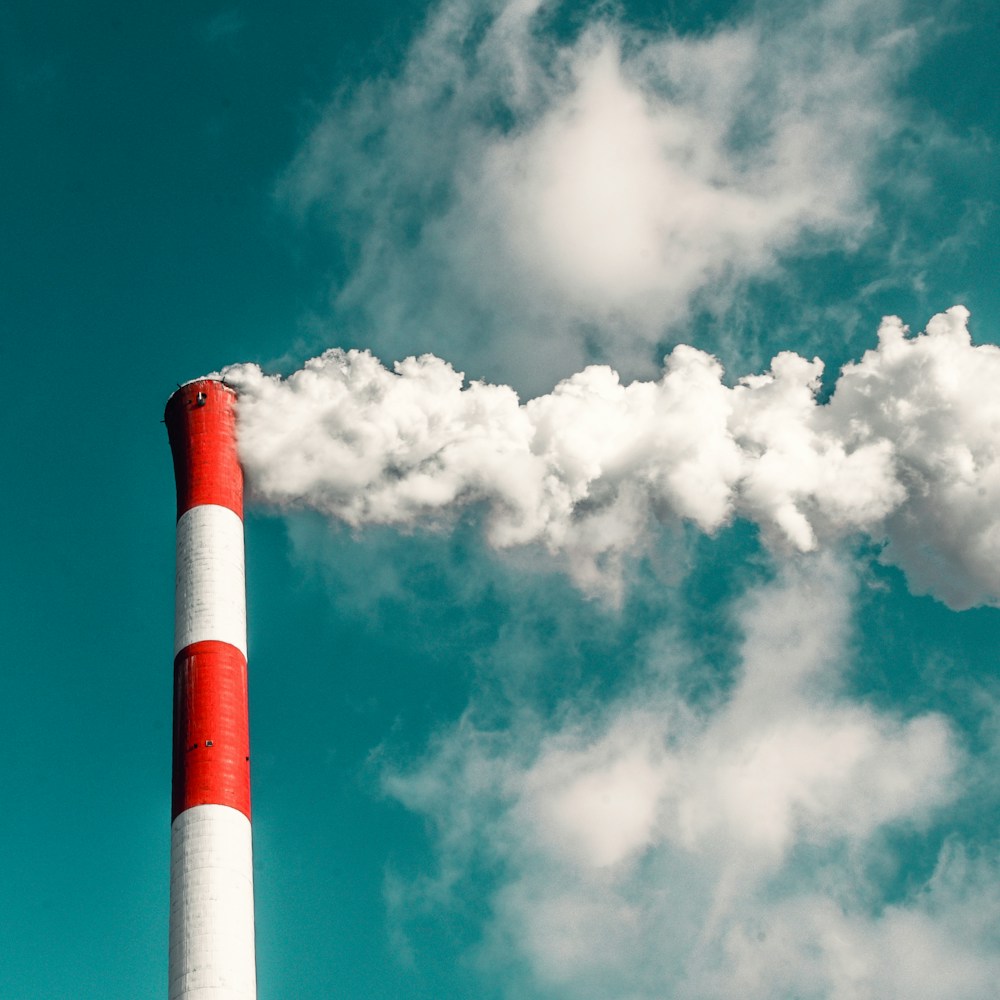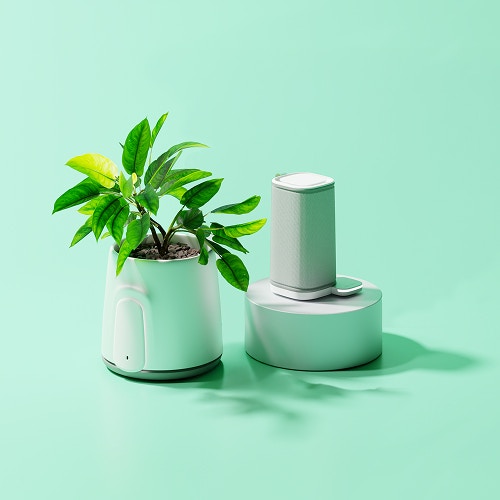
Nitrogen dioxide and fine particles are threatening Po valley air quality
→
Air quality is becoming a serious issue and governments and institutions all around the world are starting to take action against this particular threat.
As climate change begins to strongly affect our everyday life and pollution still menacing health and safety of people around Europe, there have been scientific studies put up in order to analyze and reduce emissions of nitrogen dioxide and fine particles. Air quality devices, capable of analyzing the air we breathe every day, might be a helpful ally in improving our health.
Po valley, the worst area in Europe for air quality
In March 2019, the European Space Agency (ESA) published images took from their satellites. These images show a big stain, made of nitrogen dioxide and fine particles, situated above the Po Valley area, which incorporates the city of Milan, Turin, and Bologna. Milan and Turin share high levels of ozone and nitrogen oxides, which are mainly produced by cars diesel and petrol engines. The big stain analyzed by ESA is the main reason why Po valley air pollution levels are so high it is considered nowadays the worst area in Europe for air quality.

To shed light on how dangerous it is for humans to live in polluted environments, Chicago Energy Policy Institute has recently developed the Air Quality Life Index (AQLI), a system capable of analyzing air pollution worldwide. According to AQLI findings, Po valley air pollution affects inhabitants so hard that it cuts off about half a year of their life expectancy. It doesn't come as a surprise then, that this particular area located in Northern Italy is considered the most polluted in Europe.
The Po valley or "Pianura Padana" is an area that comprehends the regions of Piemonte, Lombardia, Emilia-Romagna, Friuli-Venezia Giulia and Veneto in northern Italy. It is known as the most industrialized part of the country, with the main factories located in what was known as the "Industry triangle", between the cities of Turin, Milan, and Genova. Moreover, the majority of the fields in the Po valley are cultivated, both for human consumption and to feed animals under intensive breeding.
What are the causes?
The main reasons why there's a big stain of air pollution over the Po valley are strictly connected to livestock and factories. The so-called "NPK fertilizers", made of nitrogen, phosphorus and potassium, along with manure emissions from intensive breeding and high levels of nitrogen dioxide released by diesel and petrol engines are all accountable for this disastrous air condition in Northern Italy.
Countries and institutions such as WHO and the EU have tried to reduce pollution by sanctioning exceeds on nitrogen dioxide and PM10 (Particulate Matter) emissions. EU has recently brought up two sanctions against Italy for its extraordinarily high levels of PM2.5 emissions, which have violated the 2008/50/CE directive.
Turin and Milan, among other cities in the Po valley, share the highest concentrations of PM2.5 in Europe.
These particulates are so small they can infiltrate lungs in thirty minutes time, causing breathing diseases. In 2016 alone, PM2.5 has caused over 60.000 deaths all over the country and 391.000 in all Europe.
In this case, besides air pollution's threat to Po valley inhabitants' health, fateful consequences will also affect the country's economics: if the proposal will succeed, Italy will have to pay high economic sanctions and may see its European structural funds significantly cut off.
To reduce significantly emissions in Pianura Padana, local authorities are putting up plans which combine a different kind of tactics. In Milan, vehicles are charged before entering the city center, and offenders are punished with fines. Moreover, in the Lombardia region, it's been 20 years since coal-fired power stations and the use of heavy fuel oil for heating has been banned altogether.
But there's also a natural factor
Apart from pollution caused by factories, cars, and intensive breeding, there are also particular natural conditions that make Po valley pollution levels so high. Geophysical and microclimatic characteristics of Pianura Padana, which is surrounded by the Alps, makes it harder for natural and artificial emissions to be dissolved. According to Damiano Disimine, Lombardia's head scientist for Legambiente, "Po valley is unhappily situated for atmospheric pollution", both climate and geography-wise.
In this particular area, the wind is rare and prolonged episodes of climatic inversion are frequent. This causes the air in Po valley to be colder in the plains than in the mountains. Unable to be significantly cut off, emissions instead stay still above Po valley, in the form of the big stain analyzed by ESA.
In such a particular and endangered environment, it is getting harder and harder to breathe clean, fresh air. To have a clear idea of how much air around us is polluted, it has become more and more necessary to monitor air quality.
Monitoring the air we breathe
Startups are developing sensors capable to understand whether the air in a room is safe to breathe or not, alarming when the conditions are getting way too dangerous. There have been institutional efforts: in 2017, governments from Italian regions in Pianura Padana have also settled up the PREPAIR project, which will last for seven years and is directly financed by the EU. The main goal is to create a map about air quality in Pianura Padana to align with EU rules and improve health in general.
Milan, Turin, and Bologna have all took part in this project along with the regional agency for environment protection (ARPA).
Institutions and governments are taking action against air pollution in the Po valley, but their efforts could not be enough and cities are still heavily polluted. PM2.5 and nitrogen dioxide represent a big threat to health and the environment altogether.
The Po valley represents nowadays the worst area in Europe for its air pollution levels, which can't be reduced significantly given its geophysical conditions. Monitoring the air we breathe might be the first step in order to take a step forward in fighting this serious problem.




